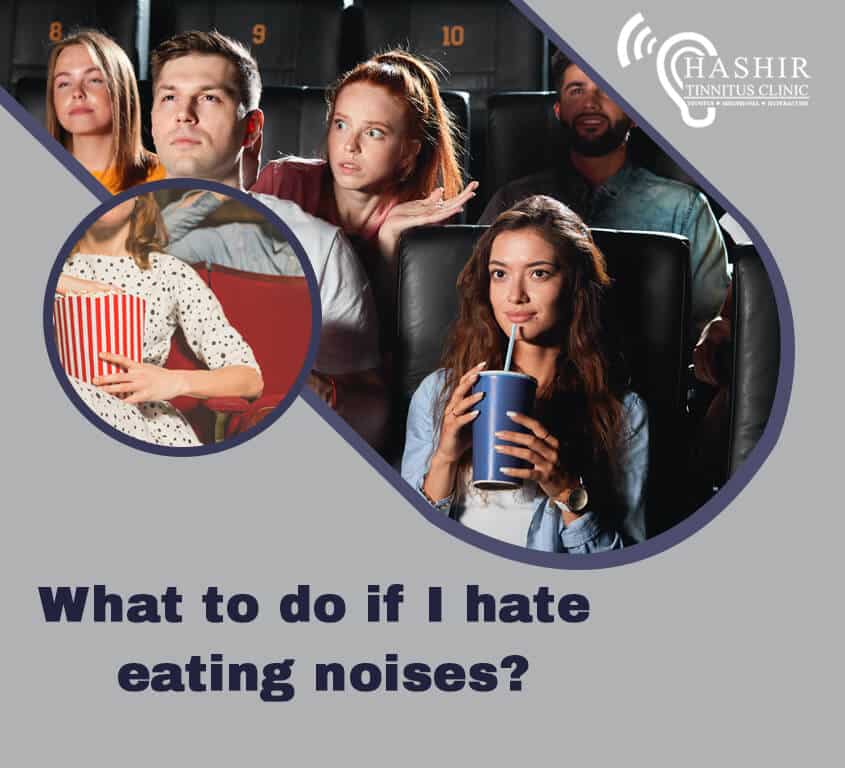
If you experience hatred of certain man-made noises, then it is likely that you have misophonia. Misophonia is defined as an abnormally strong emotional and behavioural reaction to particular sounds or groups of sounds with a specific pattern and meaning to the individual. In other words, it is a hatred or dislike of certain sounds. Misophonia is also called “annoyance hyperacusis”. Misophonia can be experienced by children as young as 8 years of age, teenagers as well as adults. Often adults with misophonia can track their symptoms back to their childhood. The underlying causes of misophonia is not fully understood. However, its mechanism is likely to be related to a “resolvable” dysfunction of the auditory system, in which too much emphasis are given to perception of certain sounds. This dysfunction is resolvable as the auditory system is dynamic and capable of re-calibrating itself. Misophonia can have great impact on the individuals life and if remained untreated it often can lead to poor mental health and hampers the sufferers and their familys quality of life. Dr. Hashir Aazhs pioneering research in collaboration with University of Cambridge proposed the first mathematical model based on the clinical data which explains the processes in which misophonia and hyperacusis lead to depression. The sooner the treatment is provided the less the risk of developing further psychological disorders which then would need more in-depth psychiatric care. In presence of the trigger sounds, individuals with misophonia often exhibit a strong emotional response. Typical examples of such sounds are chewing or crunching food, gum popping or chewing, lip smacking, nose sniffing, breathing, clicking sounds, and tapping noises. In individuals with misophonia-related distress, this initial emotional reaction is typically followed by a vicious cycle involving negative thoughts leading to further negative emotions, physical sensations, and evaluative thoughts which feed back into the patients initial emotional reaction leading to exacerbation of their negative feelings about the trigger sounds. In addition, the observation of specific movements or anticipation of the trigger sounds can trigger intense aversive responses associated with feelings of distress, disgust, irritability, and anger, which can lead to increased focus on the sound source. A specialised method of Cognitive Behavioural Therapy (CBT) which is a form of talking therapy has shown to be effective in management of misophonia. The CBT intervention for misophonia-related distress aims to break the vicious cycle by helping the individual to explore their negative thought processes and to modify them. The aim of the therapy is to help the patient to modify their cognitive reaction to sound in order to minimise the misophonia-related distress. Once the distress caused by misophonia is eliminated, the improvement in the actual over-sensitivity to the trigger sounds will follow. Dr. Hashir Aazhs clinical experience and research highlighted that in patients who received misophonia-focused therapy, the impact of misophonia on their lives reduced from 50% to 20% and the misophonia-related distress in social places reduced from 60% to less than 10%. Special considerations are needed in assessment and management of patients with misophonia given the frequency-specific pattern of their sound sensitivity and its emotional and behavioural components.